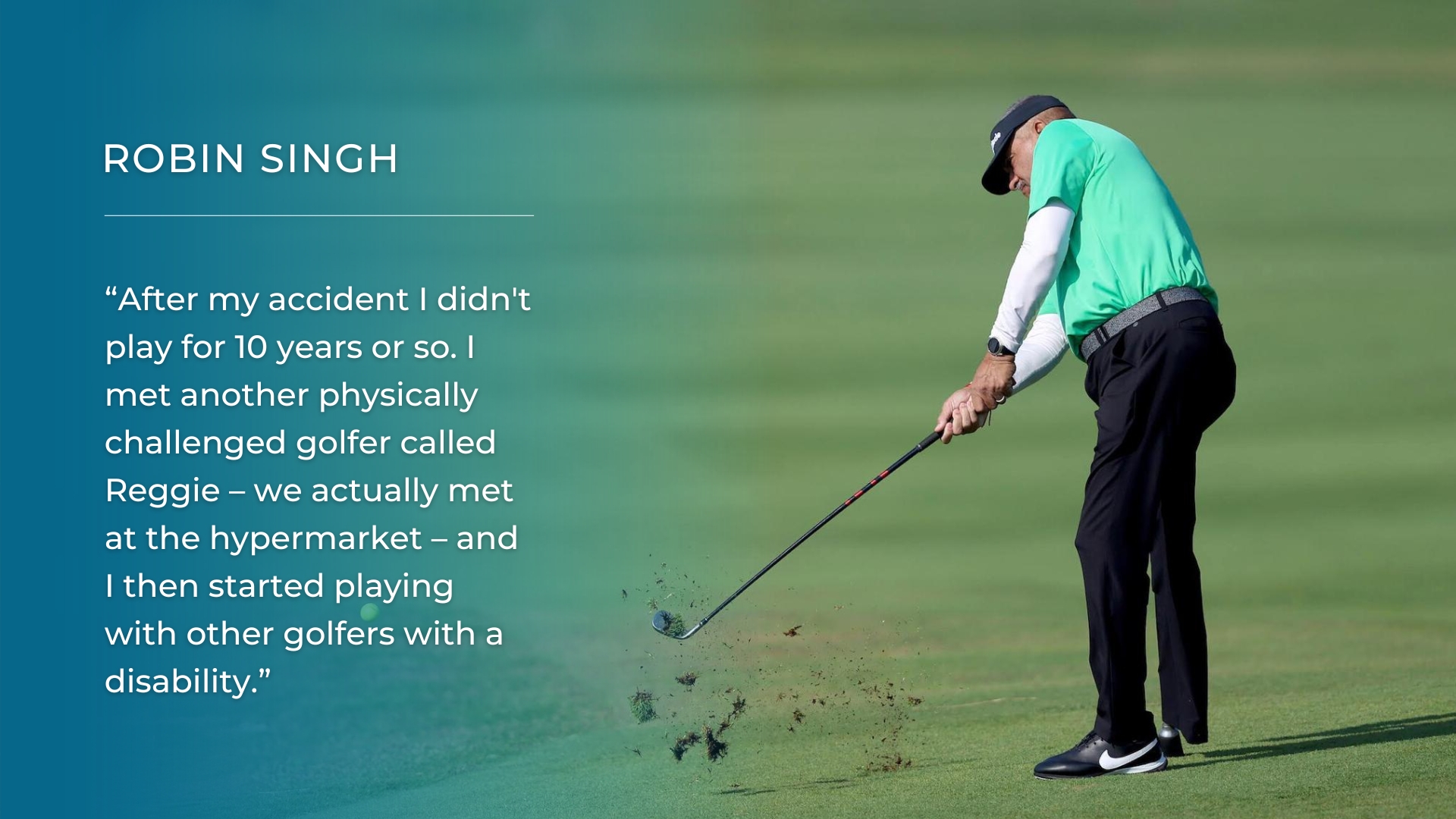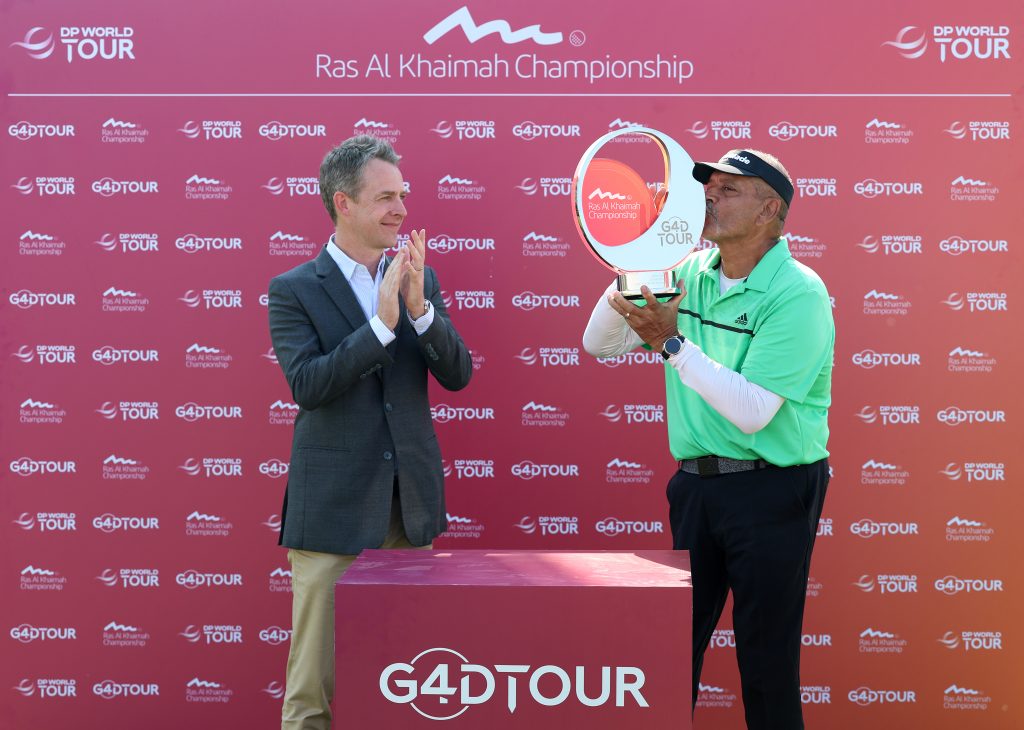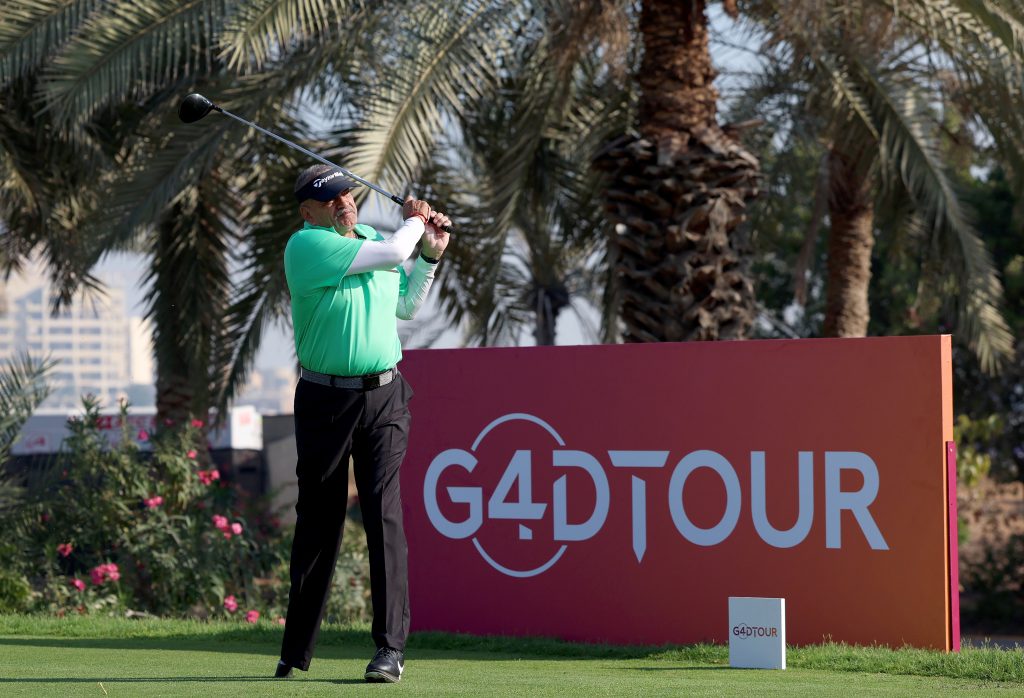
“I lost a leg, others have lost legs and arms, it’s not the end of the world,” Robin Singh explains. “I had an accident in 1991 and had the amputation carried out in 1992, and I never looked back. I accepted it. That’s life. If you are confident in what you’re doing, nothing is going to stop you.”
Fast forward to January 2024, and Robin ‘Rambo’ Singh was able to feel the intense satisfaction of competitive honours – victory in a major international golf tournament – when he lifted up the handsome trophy at the end of the G4D Tour @ Ras Al Khaimah Championship, in the heat of the United Arab Emirates.
Singh was used to the beat of the sun, coming from Durban, South Africa, and also well used to the pressures of life, the opportunities and near misses, but taking this title – the G4D Tour being at the pinnacle of golf for the disabled (‘G4D’) – was a special victory in his golfing career after the difficult years.
Today Robin is 66 years-old. As a boy he fell in love with golf, and worked as a caddie to learn the layers of the game. In 1991, the game that drove him on and which he could play so well, was snatched away in a car accident. The sport then lost Robin for a decade and only a chance meeting in a supermarket with a fellow injured player would bring him back.
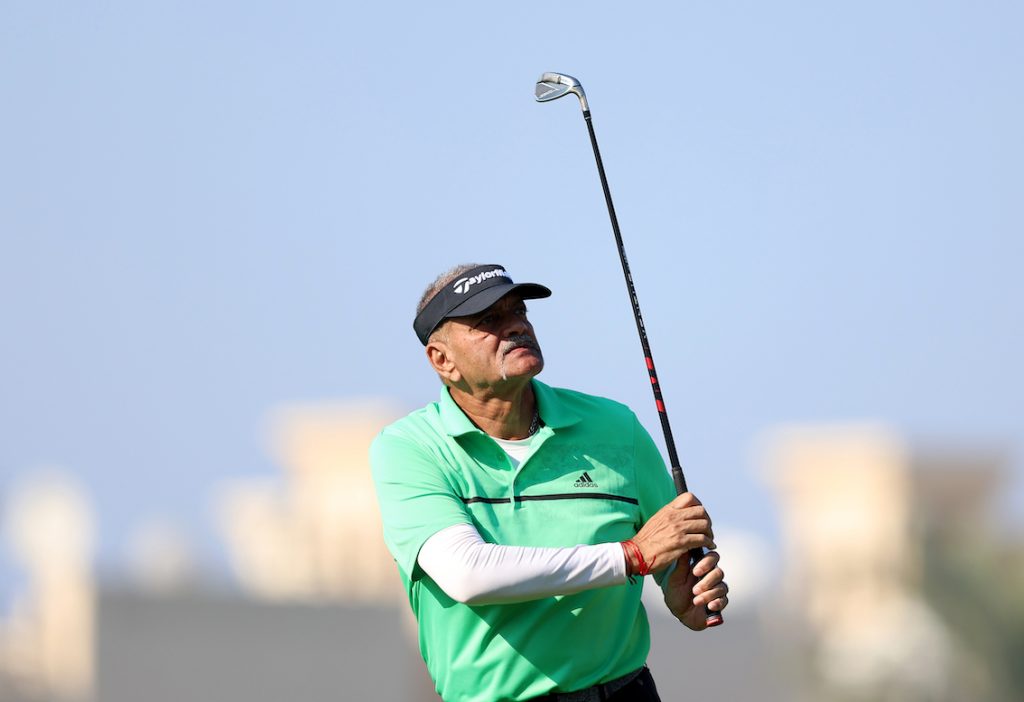
Unfinished business… and so it was that more than 30 years after surgery Robin was helping to make golfing history as the G4D Tour marked another milestone in its drive to promote inclusivity with its first ‘Net’ tournament, in Ras Al Khaimah.
This innovative move showcased an entire new field of 10 golfers with a range of impairments (eight men and two women) from seven nations who qualified via the World Ranking ‘Net’ category (Robin Singh qualified Ranked 7th in Net off a 10.2 handicap), the players teeing it up in the second event of the 2024 season in the two-round tournament at Al Hamra Golf Club.
Robin was actually one of four amputee players taking part. Against the strong field he proved to be the competitor who best married technique and good form with handling this unique test of playing on the same challenging course at Al Hamra, and in the same week, as the household names, the professionals from the DP World Tour.
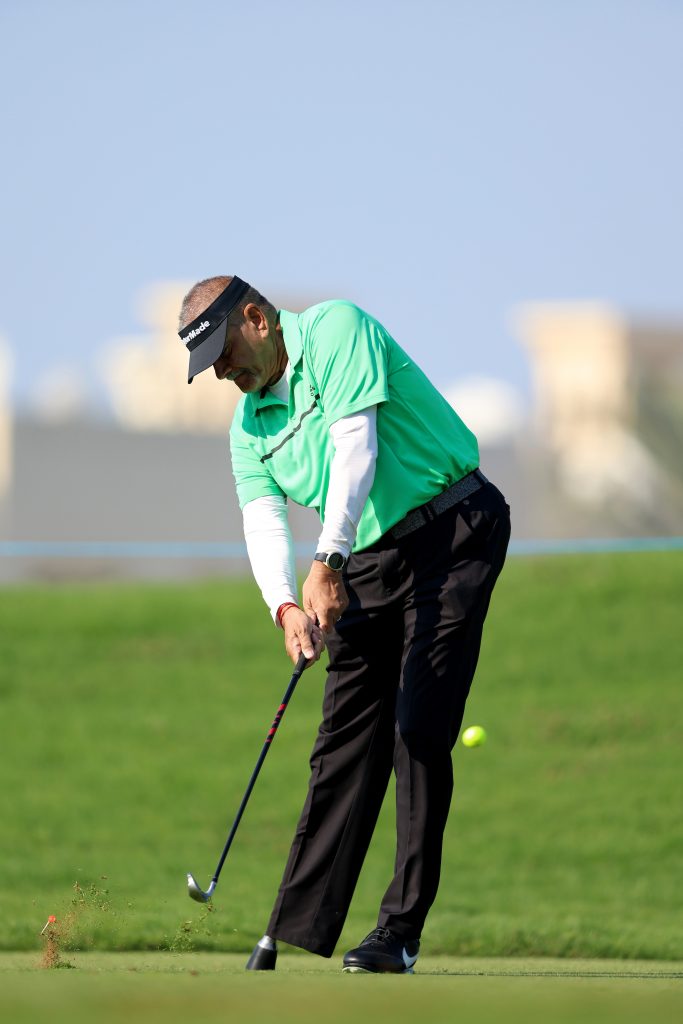
Robin Rambo Singh plays with an uncommon prosthetic on his right leg. A skilled shotmaker and shaper of the ball, his signature shot is a draw; a gritty player, known to be hard to beat. The South African was able to relax after a second-round two-over-par 74 helped him to victory, although he then revealed that he contemplated giving up during the first round after he played his first eight holes in a very disappointing nine over par.
After some words of encouragement from members of staff at EDGA, ‘Rambo’ (a nickname earned from his friends for facing a challenge head-on) recovered to play the back nine in four under as he took that momentum into the final day.
“Scott Bennett [EDGA Marketing Advisor] said to me ‘don’t give up’,” Singh said. “Seriously, I was really about to give up. He told me to go for it and he knew I could do it.
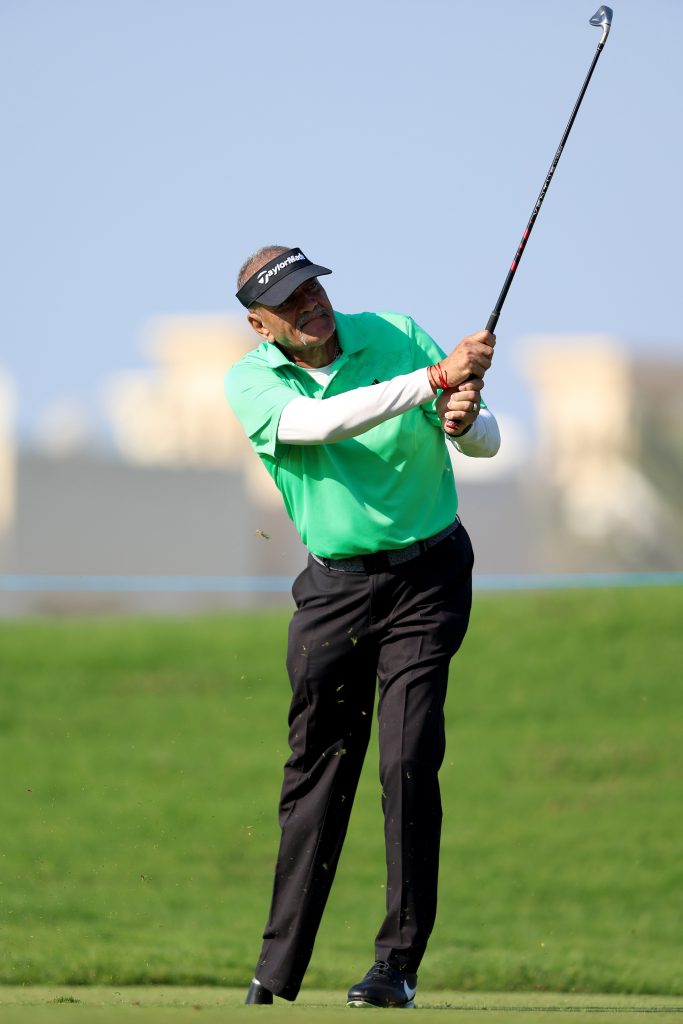
“The back nine I played very well and went one over. I was plus five, one behind the leader. The second nine [today] wasn’t bad at all. It was just an awesome day. I’ve got to thank the G4D Tour, DP World Tour, EDGA and Al Hamra Golf Club. The condition of the course was beautiful. It was a good layout, a challenging layout, but all players who played this week must have enjoyed it. We’re looking forward to more of these.”
Robin was clearly delighted to take the opportunity that the G4D Tour has given players from the Net ranking, which will be repeated in the schedule along with the Gross events. Many of these players in the Net category are highly competitive golfers who can score well but may not quite have the distance and power to win at the highest level in Gross scoring on the G4D Tour.
“I was blessed, and appreciated that the G4D Tour has Net tournaments this year, which gives golfers like us with higher handicaps the chance to showcase ourselves on an international platform,” said Robin. “I know it’s going to go from strength to strength.”
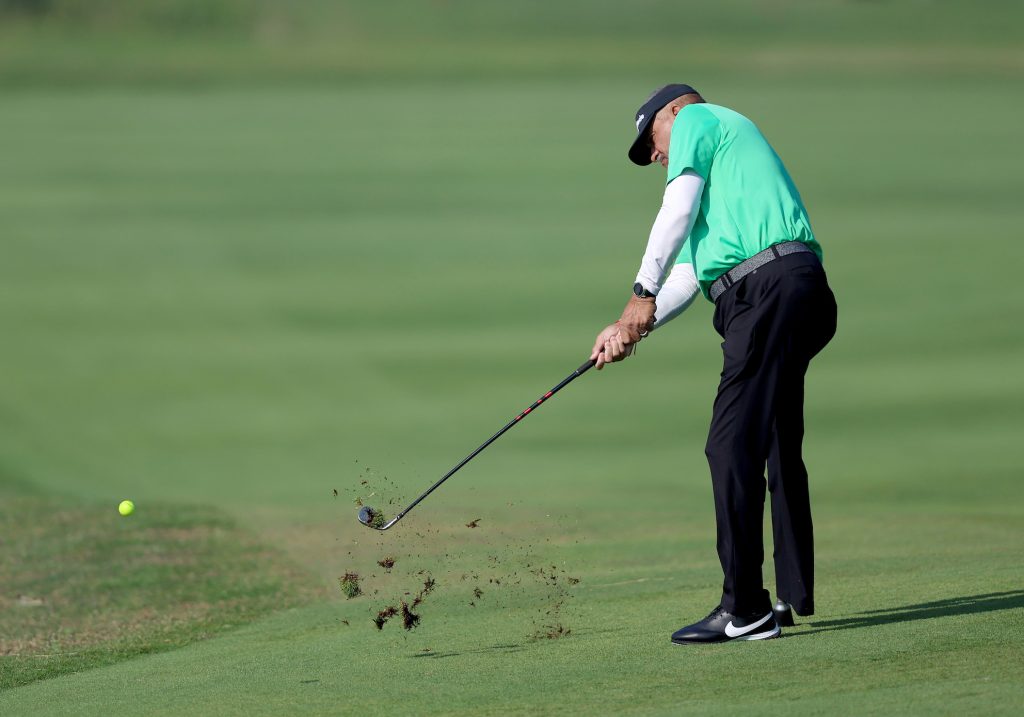
This is all a far cry from the young golfer who caddied and taught himself back in South Africa.
“I started playing golf at the age of 12, and in my younger days I also learned as a caddie at Huletts Country Club (now Mount Edgecombe Country Club). I had no coach. I had to learn by myself but I loved the game and have always worked hard at it to keep improving. My family has always been with me when it came to me pursuing my golf and that helps a lot.”
In his late teens and early twenties Robin became entranced with the playing style of the great Seve Ballesteros, two men on different continents of similar age, who both had a rich love of the game.
“My hero when I was growing up was Seve who I much admired for how he showed the world what great golf can look like,” said Robin. “The way he played the game, his attitude, discipline and respect for golf made him one of the greatest players of all time. I learned a lot from him and he will always be my hero!”
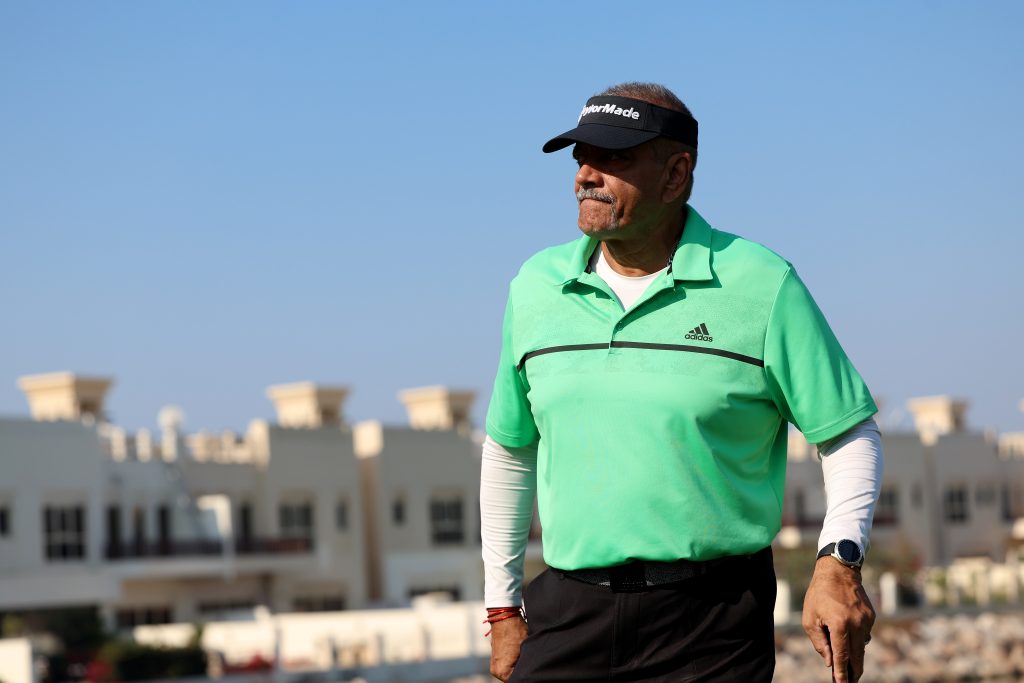
Robin couldn’t quite keep up with the Spaniard on the course but nevertheless he was capable of playing his own excellent golf. In September 1991, he was on a good run of form off a handicap of 4, when he was seriously injured in the car accident that threatened his life and could so easily have finished golf for him permanently.
“Both my legs were fractured; my right leg was damaged very badly and needed amputation above the knee in October 1992. I thank first the Almighty for giving me a second chance and also myself for accepting my disability and moving on in my life.
“After my accident I didn’t play for 10 years or so. I met another physically challenged golfer called Reggie – we actually met at the hypermarket – and I then started playing with other golfers with a disability.”
Robin added: “I lost a leg, others have lost legs and arms, it’s not the end of the world. I accepted it. That’s life. If you’re confident in what you are doing, nothing is going to stop you.
“I played in the early events staged by the South African Disabled Golf Association [a number of which he won]. Then in 2021 I earned a series of nice victories and today I’m excited to have climbed into the top-10 of the World Rankings for Net.”
Although clearly a modest guy, three decades after his surgery he has become something of a standard bearer for other people with an amputation who may be considering a way back into sport or trying things for the first time.
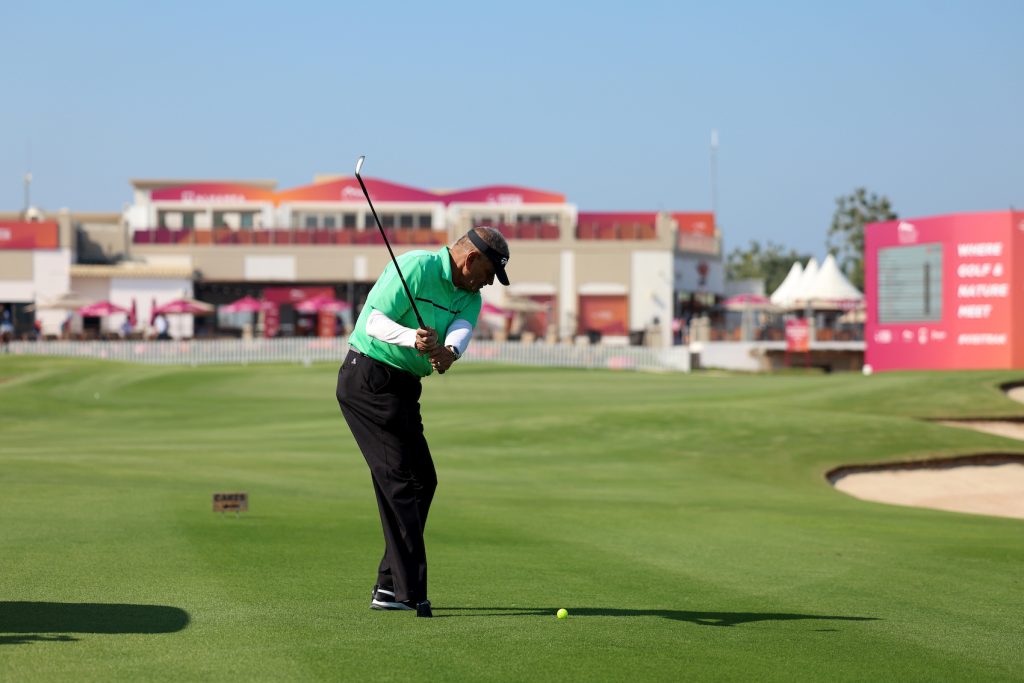
Reading this, if you are, or you know, a person with an amputation or limb difference, have you stopped to wonder about how the sport of golf might offer a great new adventure?
The opportunities are there at all levels of G4D. EDGA, which has 39 national golf federations as members, runs, badges or supports around 120 tournaments internationally, for Gross, Net and Stableford categories.
Among those who become regular players, an estimated 34 per cent of all golfers registered to play in G4D World Ranking tournaments are amputees or have limb difference, which makes up the largest impairment category in the growing international tournament schedule.
In the G4D Tour event that Robin won in January, he along with fellow leg amputees Kevin Cassidy of Ireland, and Kenji Motoki of Japan, and arm amputee Kevin Delaney of Canada, were all contesting for the title. Rambo Singh would win this time, but was just one shot ahead of Ontario’s Delaney (amputee players in the top-two placings).
Of course, these players did not start out as world beaters, and even if they played before amputation, every player has to find their own way of playing the game. EDGA’s Head of Instruction & Education Mark Taylor adds: “Professional coaches are available for new players with amputations or limb difference, coaches who can take care of every aspect of learning the game; tailoring your swing so that it is no longer about your impairment but about your potential to start playing a good standard of golf; enjoying the experience out there in the fresh air on a beautiful golf course.”
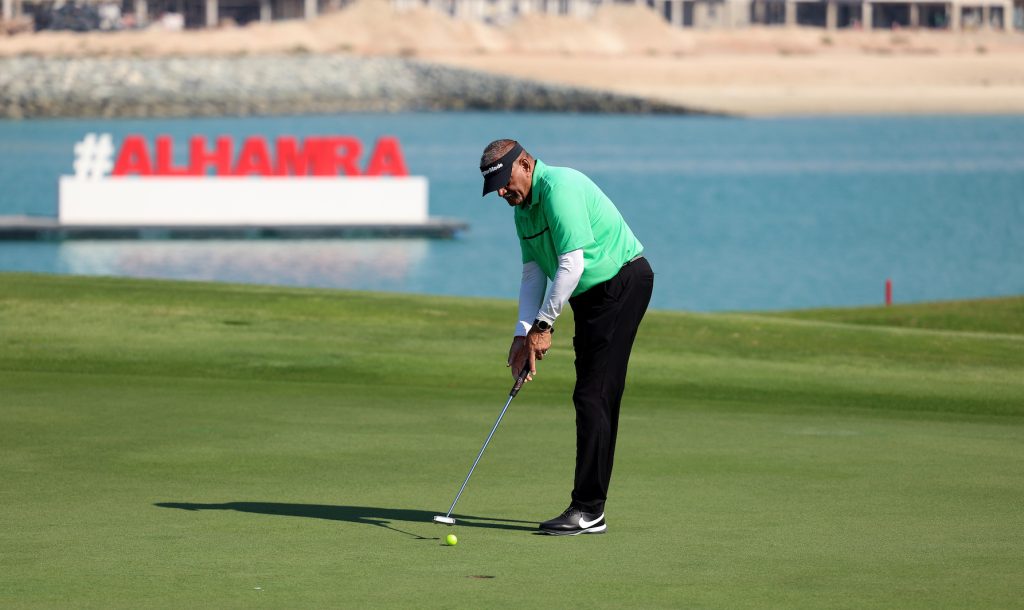
Robin (a right leg above knee amputee), has a trail leg amputation and uses an uncommon (in golf terms) prothesis. He says: “I had no coach, I had to do it myself. My signature shot is a draw.
“It is challenging when I play any shot from sloping ground or uneven lies. It is very difficult for me as I can’t bend at the knees because of the above-knee amputation. I used to try to play using crutches but this was really difficult, but my prosthesis now helps me a lot, and I have developed a consistent swing again.”
Golf is not merely about technique, it is also about bolstering the spirit, fostering wellbeing and a sense of achievement.
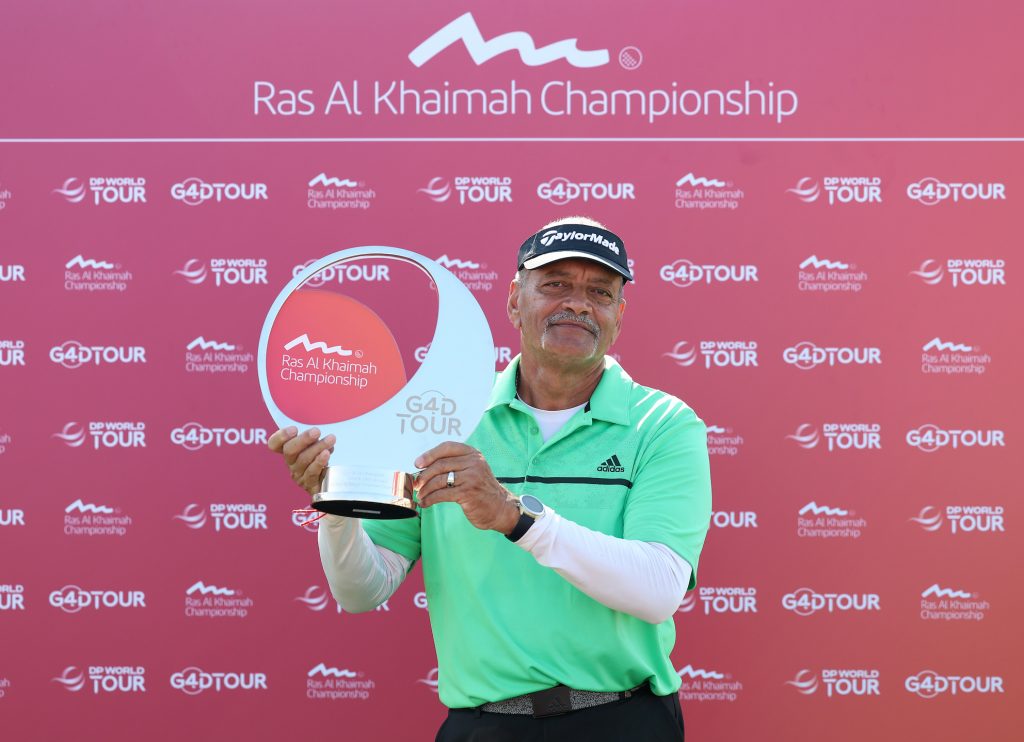
Robin said: “My life changed when I became disabled but I didn’t let this hinder my life. I accepted it and adapted with this condition because life must go on. Golf has helped me physically and mentally because I can deal with my disability both on and off the course.”
The man from Durban thanked Phoenix Golf Club, Christy Govender, and also his family for helping with expenses for what became such a wonderful journey for him to the United Arab Emirates.
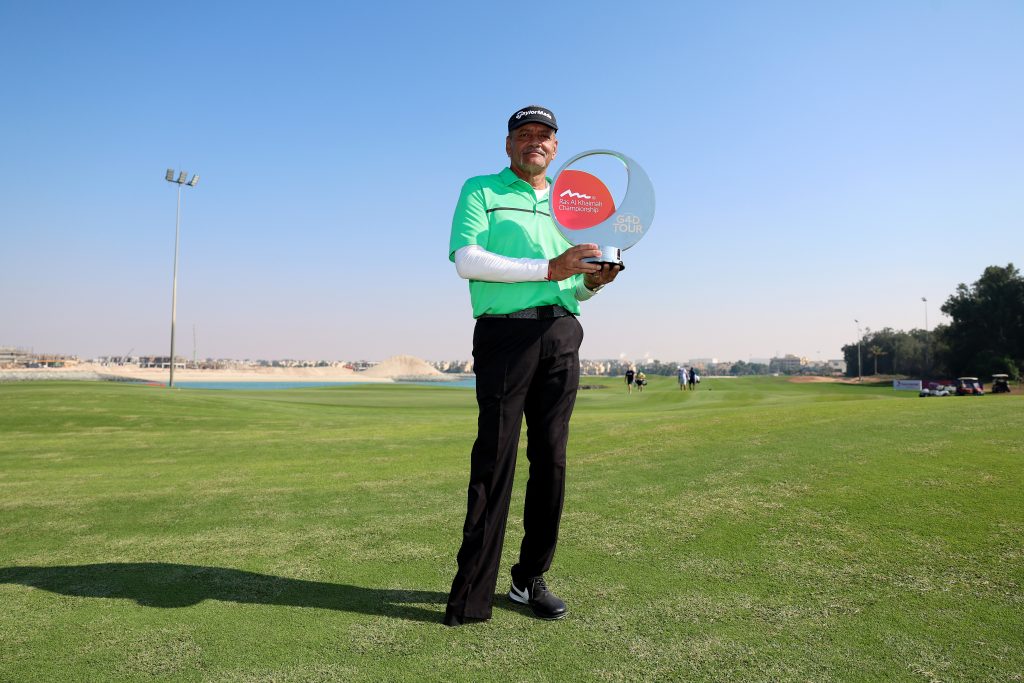
Robin added: “The G4D Tour, EDGA and the DP World Tour are doing a fantastic job and I know they will get a lot more players and tournaments in the years to come. The publicity I have received has been greatly appreciated and I think this can definitely open the minds of people with disabilities to start playing golf, and it is something they will love.
“All the players taking part in G4D can encourage and inspire others to play and I hope I am also doing this, as I’ve been similarly inspired in the past. I feel I have earned respect for my game and also helped inspire my fellow players. I have also been delighted to teach the game to new players young and old and share my story.”
And it is an amazing story, from the joy of playing shots like his hero Seve, to the despair of the accident and losing touch with the game he loved; while 30 years or so later people all over the world will have seen a winner on their tablets, phones or TVs, a champion golfer who happened to have an impairment, playing some sparkling shots before lifting an elegant trophy up high in the sunshine. I’m sure Seve would have been impressed.
NB: When using any EDGA media, please comply with our copyright conditions


